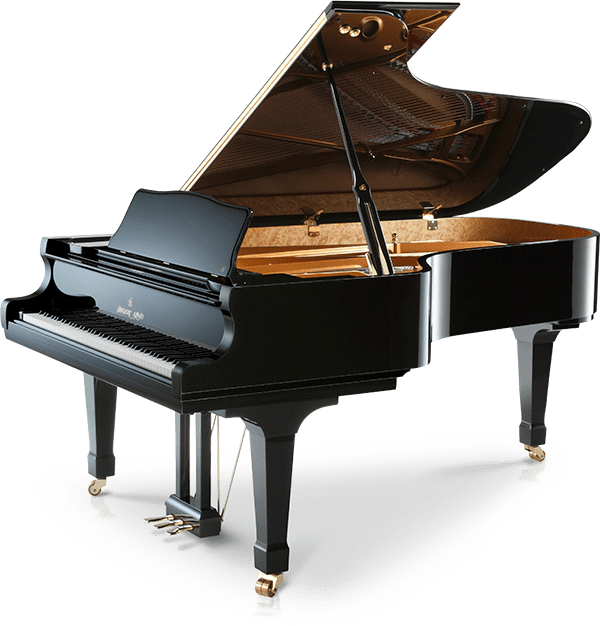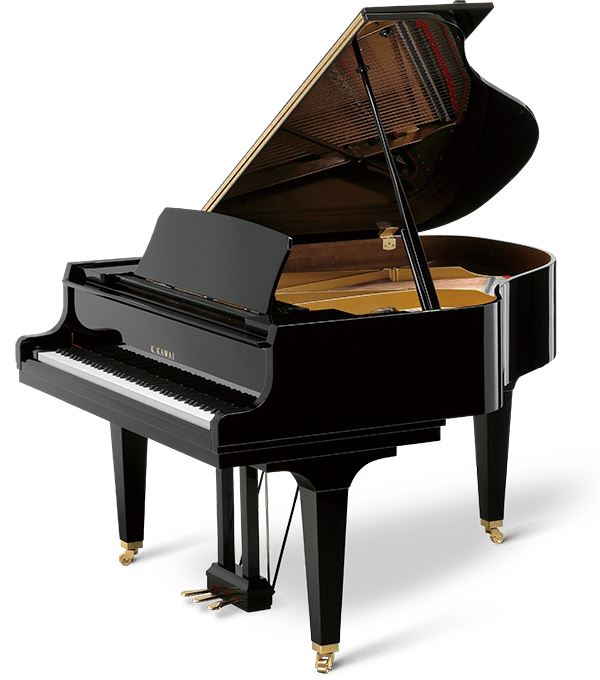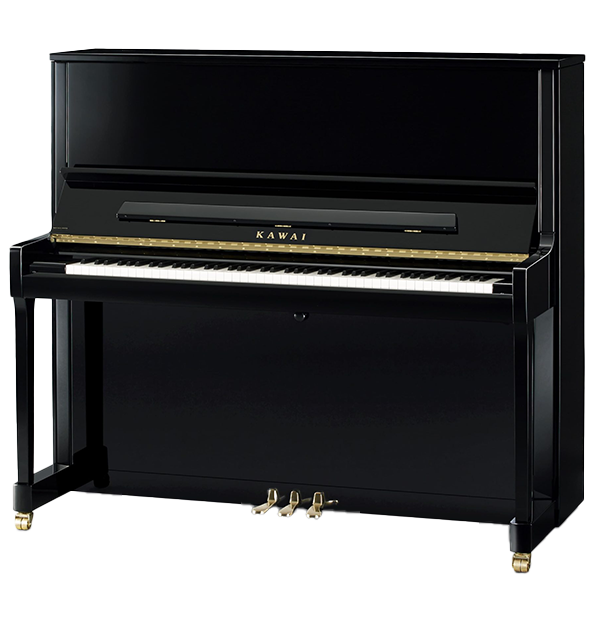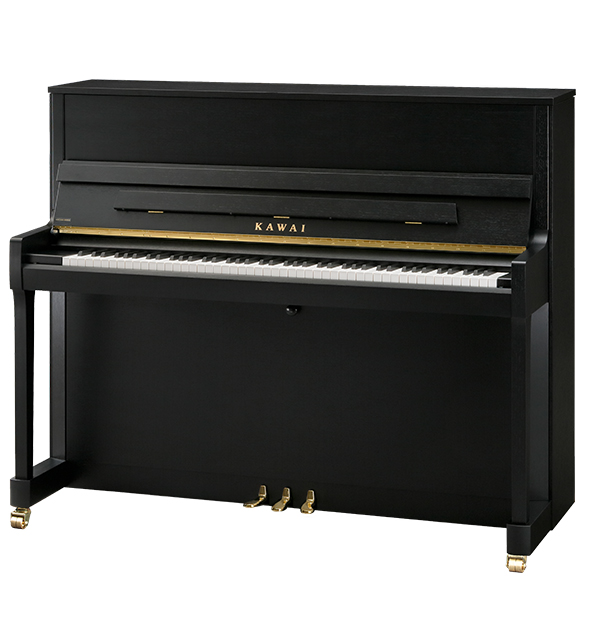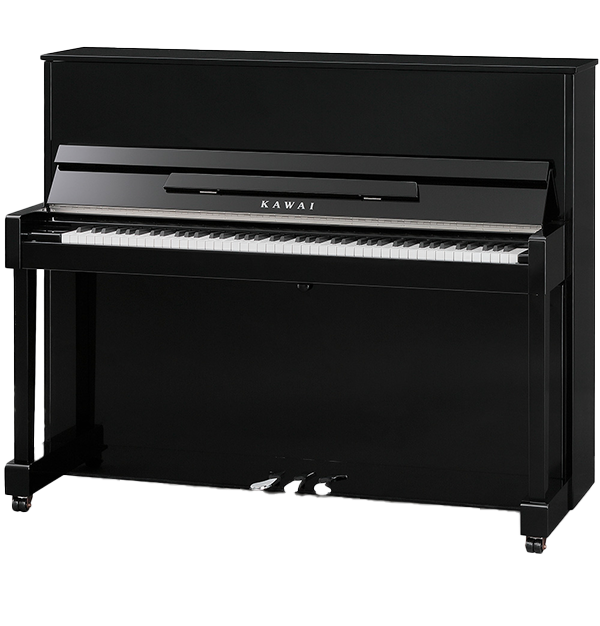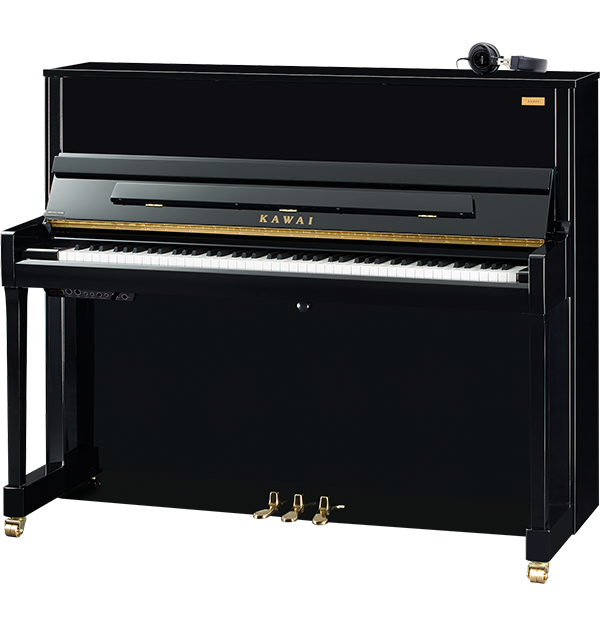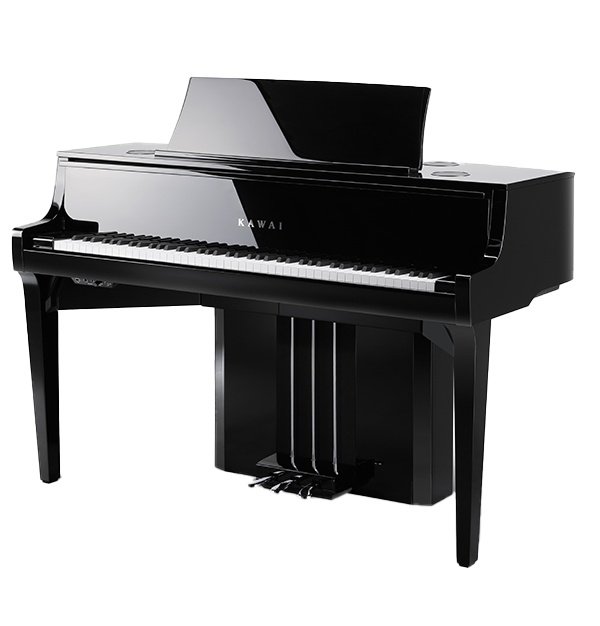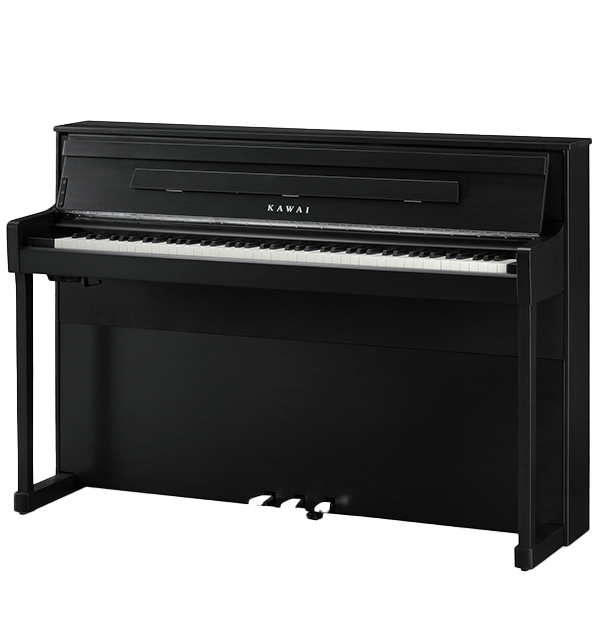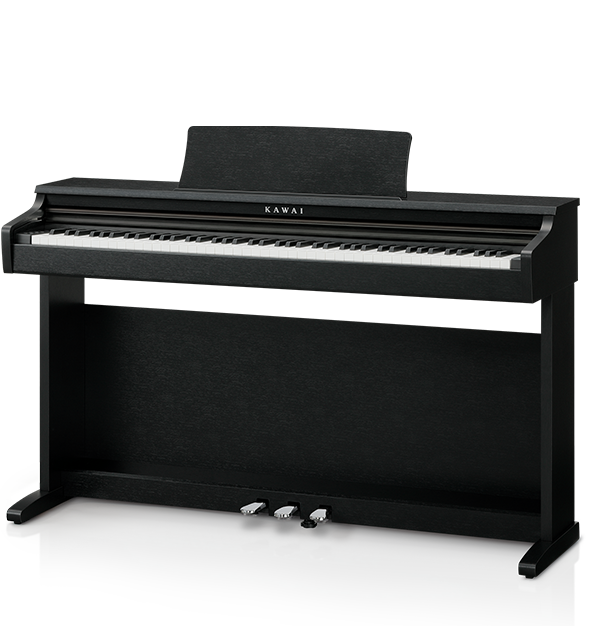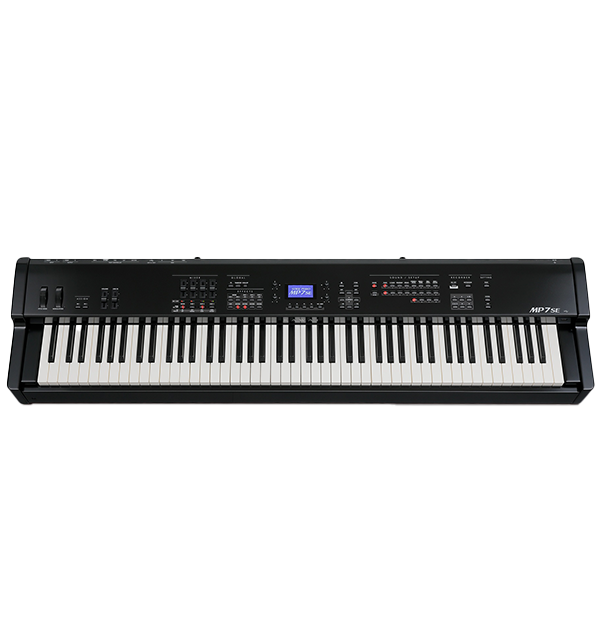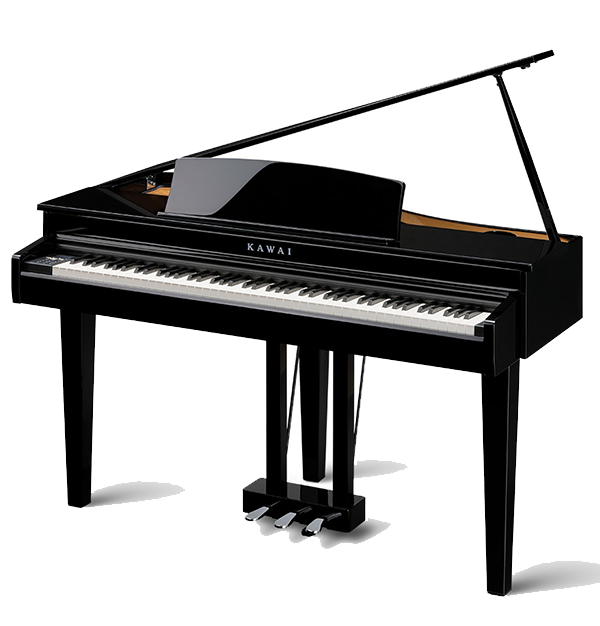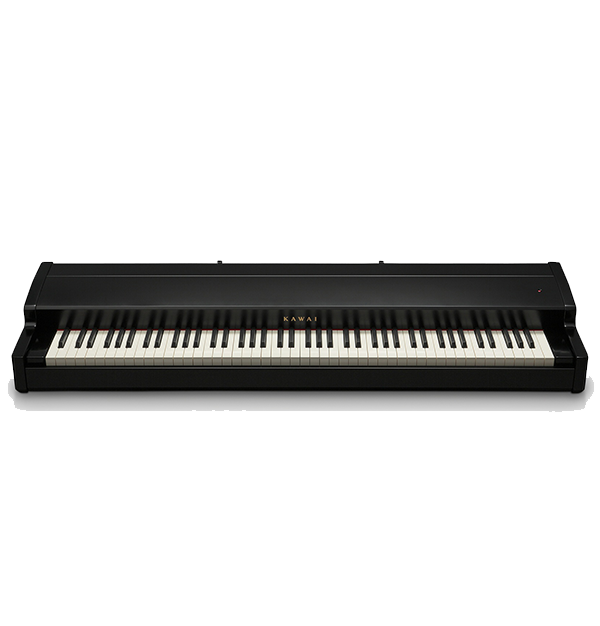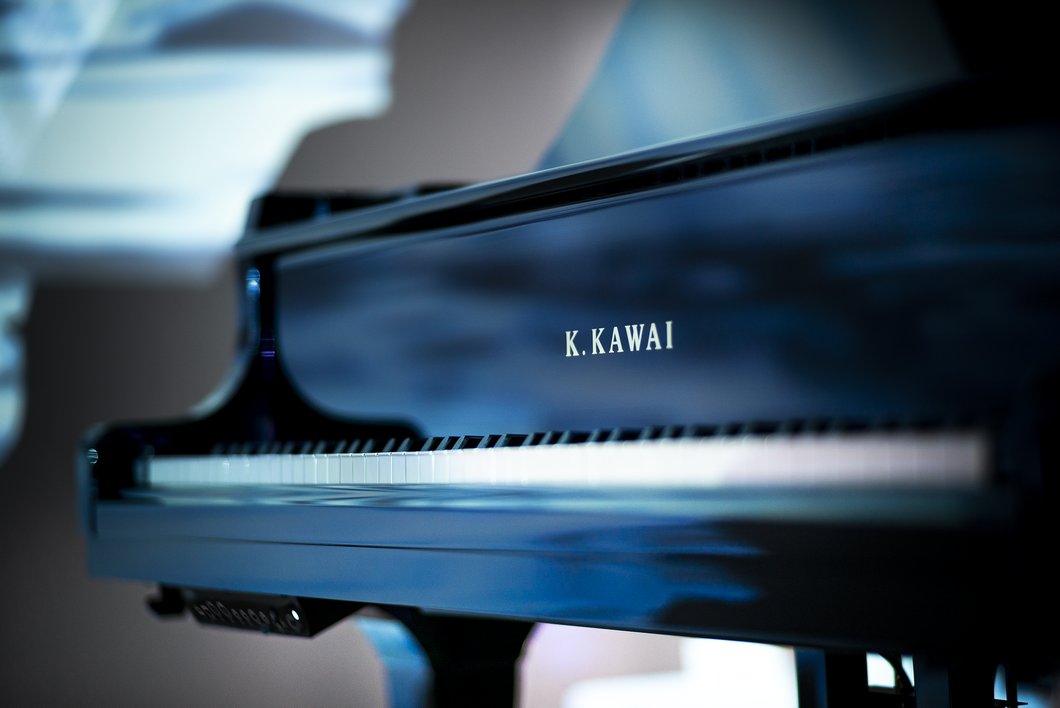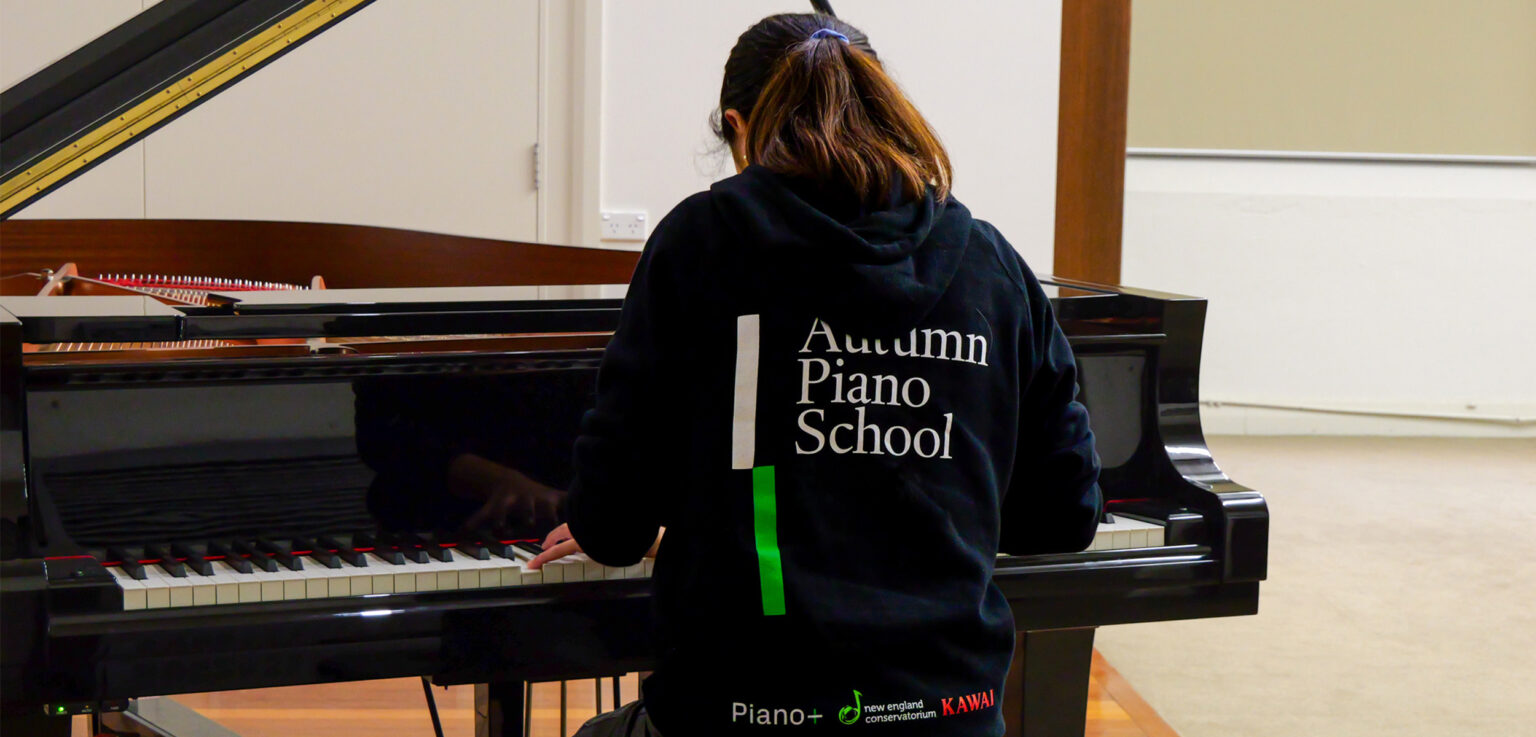12 Different Types of Effective Piano Practice Strategies – Tips for piano practice
Reinvigorating Practice: Insights for Educators and Students
Transitioning back to disciplined routines after a holiday break is a familiar challenge within the educational sphere, particularly among music educators. This lapse in routine can result in students losing touch with their practice habits, necessitating a considerable effort to realign with their musical journey. This article is dedicated to empowering teachers and students with innovative practice strategies, along with some words of wisdom from our guest contributor, Brown University’s Professor Sang Woo Kang. These strategies can elevate practice from boring monotony to engaging, fruitful ways to build a student’s skills.
About the Author: Andrew Rumsey
Andrew Rumsey, our esteemed concert pianist, AMEB examiner, and education specialist, brings a rich blend of teaching and performance experience to the table. With a combination of research and first-hand experience, Andrew has curated a list of 12 transformative strategies to optimise practice sessions for you and your students.
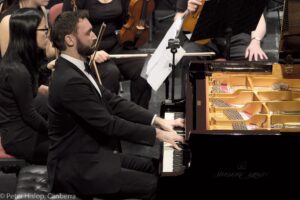
12 Different Types of Effective Piano Practice Strategies
1. Goal Selection
Set practice goals, making note of the key areas that need work and creating a plan for how those issues will be addressed before practice begins.
Prioritising these sections in a meaningful order can help. For example, starting with rudiments and building up to more complex elements; or working from most to least difficult passagework. For students, this can be a beneficial alternative to playing from bar one to the coda ad nauseum. Proficiency-based goals: rather than basing a practice session around a certain number of minutes or a certain number of repetitions, a statistically better alternative for students can be setting a goal based around proficiency. This could be as simple as: ‘practise this five-note phrase, hands separately, until it is (nearly) even’ or ‘get this passage, hands together, to N number of beats per minute’. The goal, however, is to aim for proficiency, not perfection.
2. Forward Chaining
This involves starting with the first small handful of playable notes, and then adding the following notes one by one. In this method, you build ‘the chain’ of the piece, one link at a time. Unlike many practice modes, chaining is usually done at performance tempo or close to it. A powerful variation is Backward Chaining: building the chain forwards from the final note/s. Building the alphabet in this way would look like this: z, yz, xyz, wxyz, vwxyz, etc.
3. Fast Practice
According to trombonist Jason Sulliman, arguments have been made for skipping the slow and medium practice speeds altogether and going straight to the at-tempo metronome speed. The reasoning is that when we play something slowly, we are likely utilising motor movements that are not functional or effective at performance speed. As such, by practising the movement, jump, hand position, or some other skill in the same speed and manner that we need to execute it in performance, we avoid needing to relearn and recalibrate it to match the performative requirements of the moment. This can be compared to practising running by walking – one does not really help the other. Fast Practice works best with ‘chaining’ tiny sections together, to help maintain accuracy!
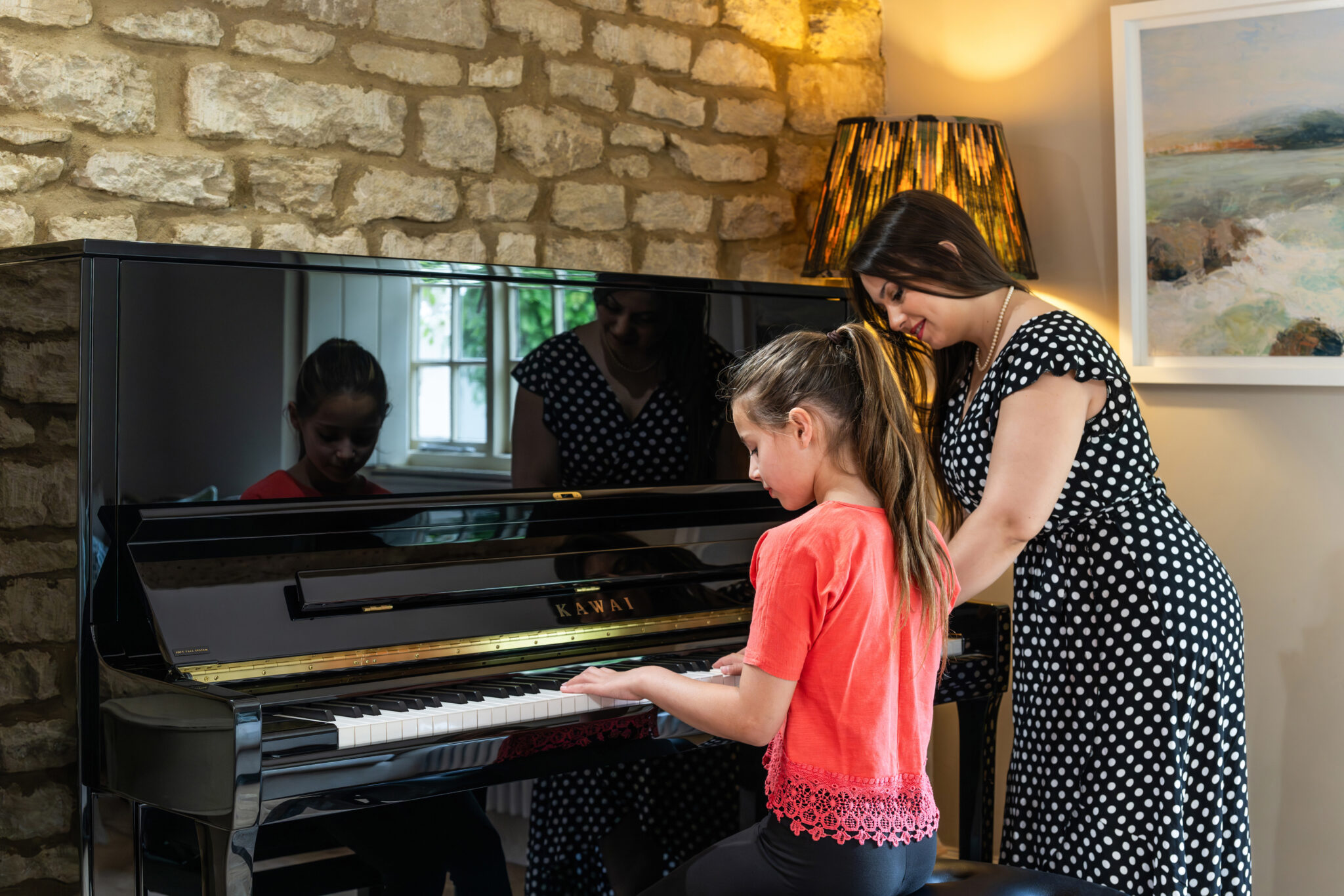
4. Slow-Fast Grouping
Violinist and associate concertmaster of the Los Angeles Philharmonic, Nathan Cole suggests that once you have learned the actual notes of a passage, employing a hybrid of slow-fast practice in groups helps to increase the speed, while giving your brain a rest in between the notes. To do this, practise small groups of two, three, or four notes (or even hand position groups) very quickly, but pause in between each group.
5. Whole-Part-Whole
This strategy looks for ‘trouble spots’ to practise in isolation, but then needs contextual practice as well to put the ‘repaired’ section back into the piece. Only focusing on the problem areas will help fix them in the practice session, but we need to be able to execute them within the phrase, the line, or the page to make sure they are really fixed.
6. (Super) Slow Practice
Often students are too concerned with the outcome, and not enough with the process. The point of very slow practice is to pay attention to all the subtle nuances of our mechanics, increase our awareness of every note and what is actually happening at a micro level, and find ways to make it better.
Super-virtuoso Marc-André Hamelin is a big advocate of very slow practice, even with the hardest of pieces, and suggests that it helps to clarify the music in your mind and make sure nothing is ‘automatic’. Slow practice allows us to think, monitor, analyse, and can help us refine things that may be difficult at speed, like tone production, detailed articulation, release of tension, and so on. Rather than a tortuous process, this can be an engrossing and gratifying one.
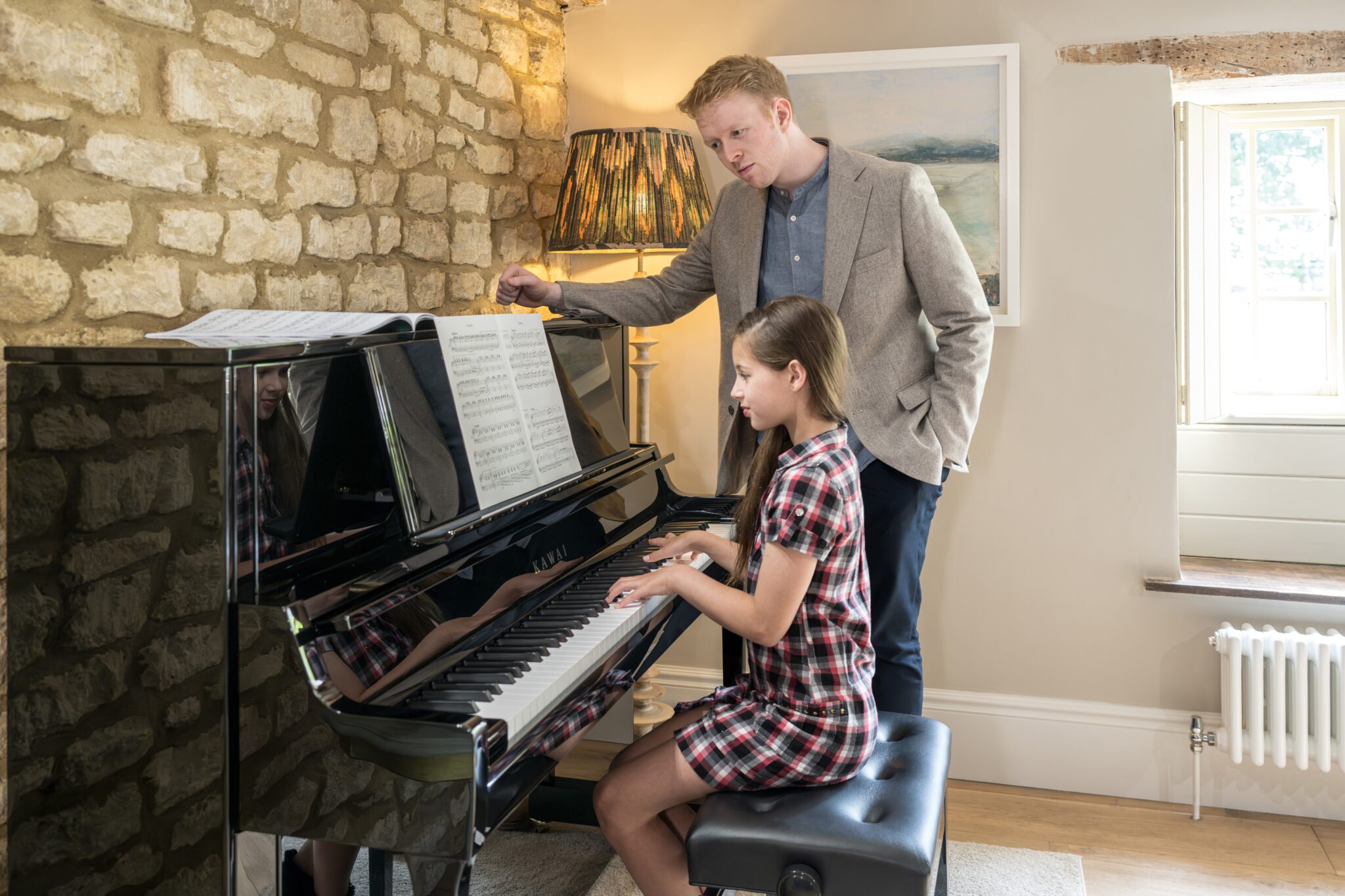
7. Interleaved Practice
According to professor and clarinettist Christine Carter, our brains are hard-wired to pay attention to change, not repetition – which means that there is progressively less brain activation when stimuli are simply repeated. Practising in big chunks of repeated sections may optimise performance in the practice room, but it does not optimise learning. Our brains are most active when we begin a new task and must construct an ‘action plan’ of how to complete the task, so changing the activity up more frequently will generally yield better results. To do this, practise each section for a smaller amount of time, but increase the number of times you revisit each section – this extra variety in the practice tasks is more challenging in the moment, but will help immensely with retention.
8. Contextual Interference
By incorporating different articulations, speeds, and rhythmic permutations into a practice session, we keep the brain more engaged with greater technical variety. Inputting the same information in different ways increased cognitive engagement, which means less boredom, more goal orientation, and better productivity.
9. Peak-End Rule
According to violinist and author of The Bulletproof Musician, Dr Noa Kageyama, “the peak-end rule states that our evaluation of past experiences tends to be based on A) their most intense part, and B) how they end”. Saving our easiest or most enjoyable practice tasks until the end of the lesson or practice schedule may help our students to perceive practice as less of a chore. Given that our decisions and actions are more often governed by how we feel than how we think, ending with something that feels easier or more enjoyable increases our desire to do it again.
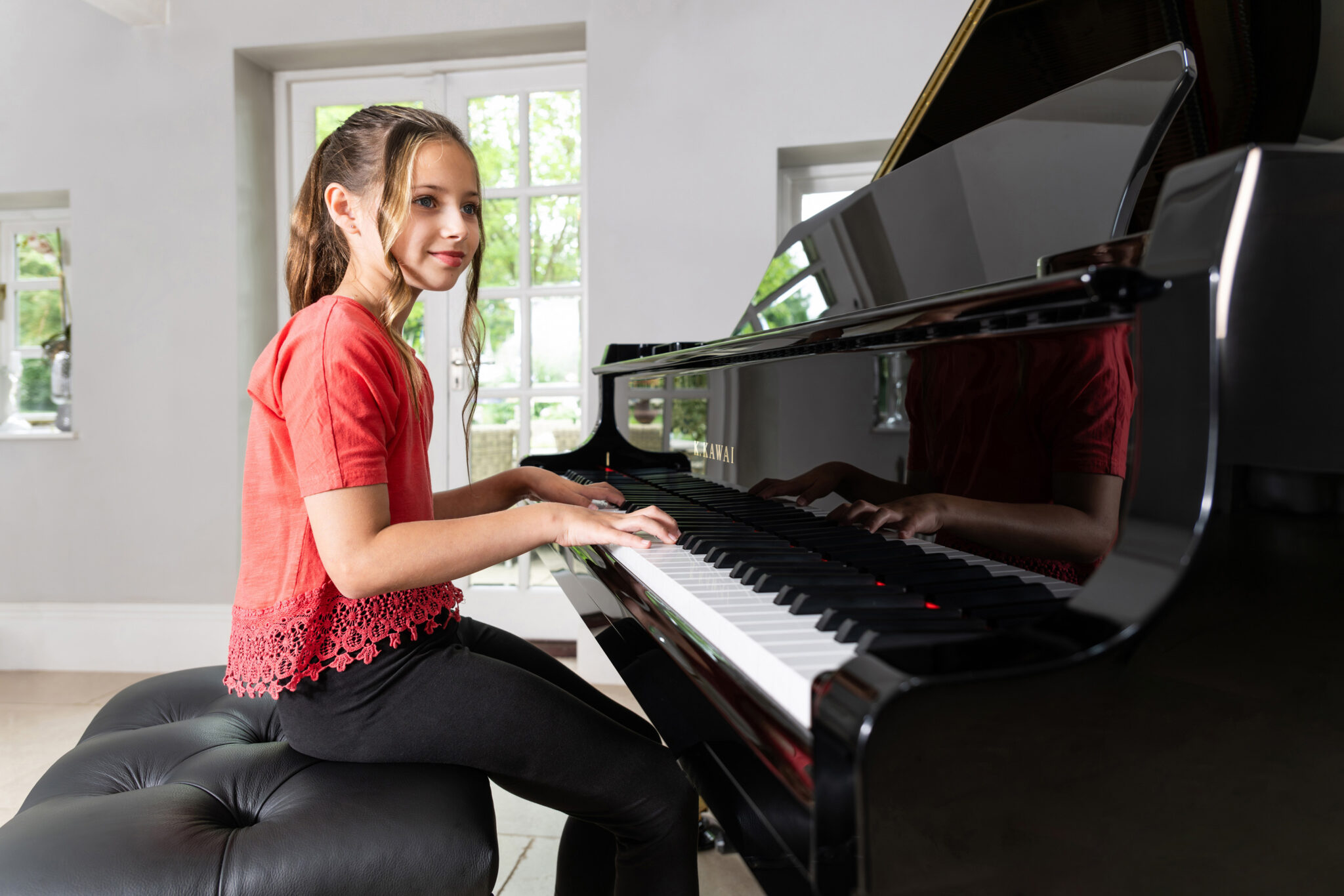
10. Retrieval Practice
Most musicians don’t think about memorising a piece until it is completely learned – it is part of the ‘polishing’ process at the end. But research has shown that our memory performance under pressure is far better when memorisation and retrieval is regularly incorporated into each practice session. Making deliberate efforts to semi-memorise a piece from day one can be incorporated in the same way many people learn languages in school – the old look, cover, write, check approach!
By regularly memorising small chunks each practice session, we are relying on our memory more frequently and for a longer overall duration whilst learning a piece.
11. Spaced Repetition
When we work on something and come back to it later, our brain must work harder to remember it again, and this effort enhances learning and combats the naturally occurring “forgetting curve”. Studies have shown that when we introduce spacing into our practice, it is more conducive to flexible and durable learning than if we try to do everything at the one time. To implement this, students may benefit from implementing smaller (but more frequent) practice sessions throughout the day or the week.
12. Self-evaluation
Encouraging students to periodically assess their focus and the effectiveness of their practice strategies can lead to more productive sessions and sustainable habits. This self-reflective approach enables students to adjust their methods as needed and supports continual growth and development in their musical pursuits.
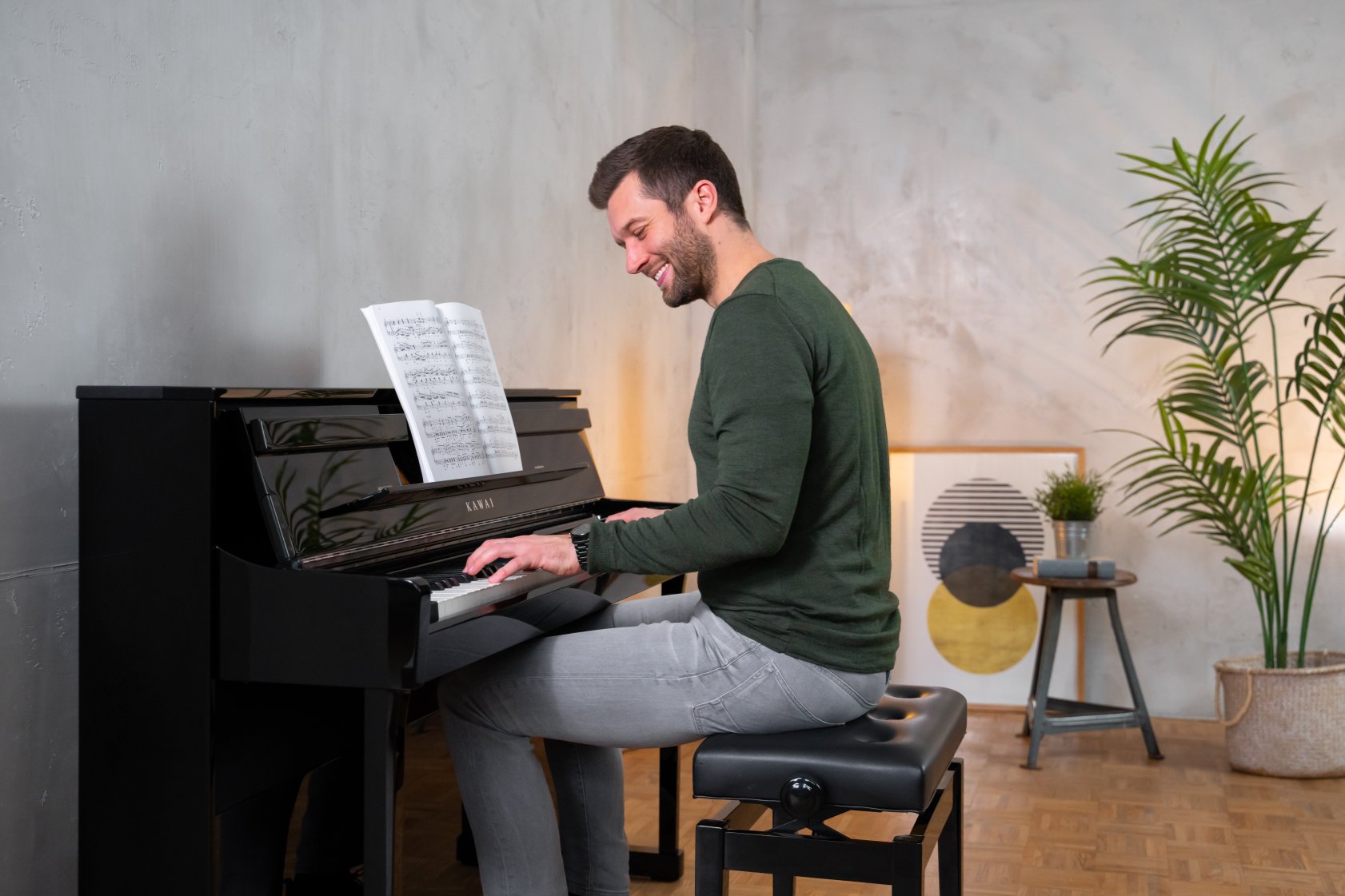
By embracing these strategies, educators and students alike can experience a rejuvenation of practice routines, leading to greater satisfaction and achievement overall!
Now read guest contributor Professor Sang Woo Kang article 8 Focused Practice Strategies for Music Students. Professor Sang Woo Kang has been described as “prodigiously talented” by the Los Angeles Times and praised for his “atmospheric and poetic renditions” by the New York Concert Review. Sang Woo has performed worldwide, with recent recitals in Korea, Japan, Thailand, Central and South America, and Europe. He successfully balances his performing career as a solo, orchestral, and chamber musician with teaching at Providence College at Brown University, where he is Chair and Associate Professor of the Department of Music. Sang Woo is a Masters graduate of Juilliard School and the Eastman School of Music, where he received the Doctor of Musical Arts degree.
Written by Andrew Rumsey
Prepared by Hugh Raine
